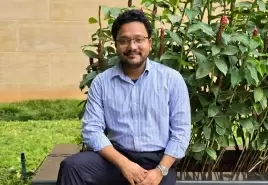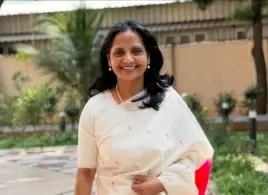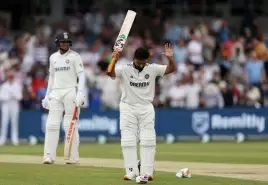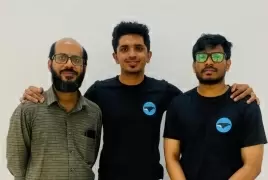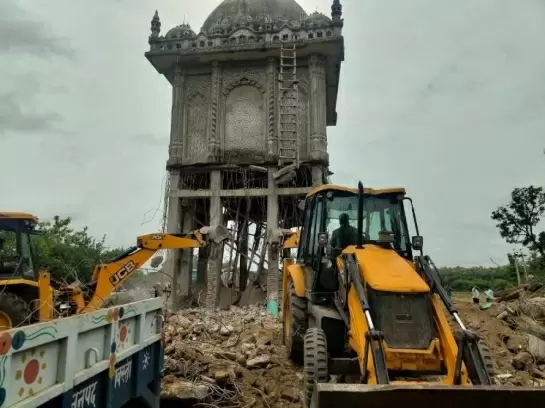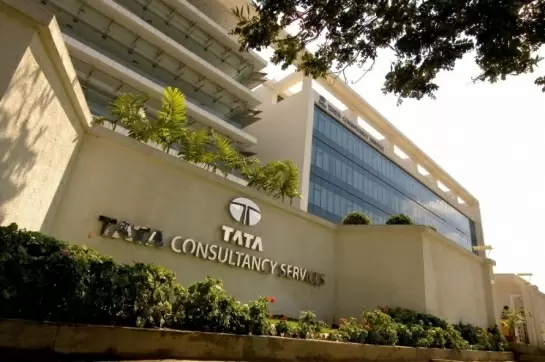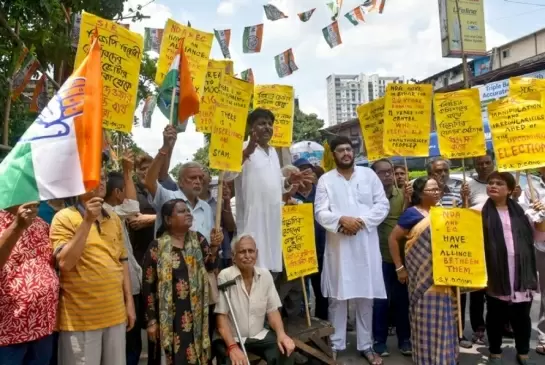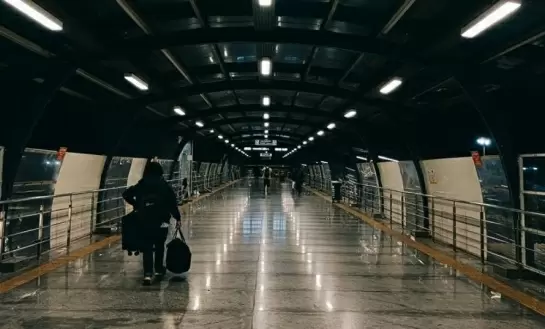It started with one boat and now there are 15, giving hope to the hopeless

13-July-2012
Vol 3 | Issue 28
Amid pouring monsoon rain, men, women and children run alongside the torrential Brahmaputra, waving at people in white coats on a boat.
This is their boat of hope - a floating clinic, equipped with basic medical facilities and manned by doctors and paramedics taking healthcare to people in far-flung island villages that are deprived of it.
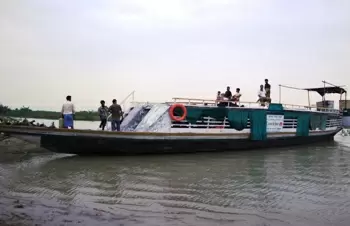 |
|
The boat clinics are equipped with labs, and pharmacies where free medicines are given to patients (Photos: IANS)
|
"Come here! We have many patients; old and feeble, women and children!" shouted Rakibur Hussain, one of the island dwellers. But the clinic was on its way to another island close by, where a health camp had been organised.
Hussain was disappointed but not for long.
After a quick discussion, a paramedic on the boat clinic screamed back: "We will come back, pick up your patients, and take them to the health camp in Baleswar (the other island). Is that ok?"
The small crowd at the embankment cheered back.
For the nearly three million people on the 2,500 islands on the Brahmaputra, amongst Asia's largest rivers, the floating clinics are literally their lifeline.
With hospitals a far cry and communication made even worse during floods, the unique initiative of boat clinics by the Centre for North East Studies and Policy Research (CNES) is a ray of hope for the most vulnerable communities of Assam living on the 'saporis' or islands of the Brahmaputra.
The journey of these 'ships of hope', as they are popularly known, began in 2005, with a single boat called Akha (or hope) in Dibrugarh district of upper Assam. The initiative got the support of the district health authorities.
The successful intervention in reaching out to the marginalised, rural communities got the attention and support of Unicef and the National Rural Health Mission (NRHM), Assam, resulting in a public-private partnership (PPP) and the subsequent spread of the boat clinic programme to 13 districts of the state with 15 boats.
"We need innovative but simple approaches based on the knowledge of those who know best, the river dwellers and the host makers, because they can understand the river better than anyone else," said CNES founder Sanjoy Hazarika, who designed, developed and implemented the boat clinics before establishing the partnership with the NRHM.
"That's how the boat clinics started ... By listening to people's concerns, tapping their expertise, applying better technology and later, a partnership with the principal stakeholder... from small beginnings to an extraordinarily large impact in 13 districts, reaching over eight lakh persons in the flood plains of the Brahmaputra," he added.
In Baleswar, the tiny island near Nalbari, 70 km from Guwahati, Amina Begum recounted her experience at the boat clinic, as she waited in a queue to see the doctor in the health camp.
"Initially, there was some hesitation. The elders in the village felt that this was a temporary arrangement and there was no need to show excitement, since they will not return a second time. Moreover,there were reservations in getting the women checked by male doctors," recalls Begum, who is pregnant with her second child.
"But when we saw the dedication of the doctors and nurses, got the medicines for immediate treatment, and saw them return time and again, we knew that they really cared for us. Now we wait for the clinic eagerly," she added.
"The boat clinic is a blessing for us," added Sakina, another patient with a skin infection. "Going to the hospital is not easy from here. We have to pay and take a boat trip to the mainland. It becomes difficult for the elderly, the pregnant women to go, especially when the weather is harsh."
While its special focus is on women and children, and clinic visits are timed in accordance with the immunisation schedule, its ultimate aim is to take sustained healthcare to islands.
Bedanta Sarma and Minhazuddin Ahmed, the two young doctors in the team of 16 members including auxilliary nurse midwives (ANMs), laboratory technician and others in this district, said their job satisfaction was unparalleled.
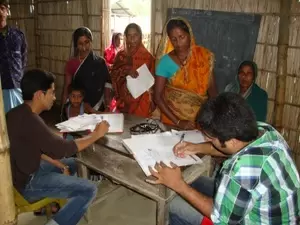 |
|
Doctors of the boat clinic team check patients at the health camp in Baleswar
|
"It's not just about treatment. We also shoulder the responsibility of educating and making the people aware, fighting superstitions, and finally, offering hope. Both of us (doctors) have returned to this job after having left it, and are here for nearly three years now," says Ahmed.
Early marriage and family planning are two issues that the team has been educating the masses about. The boat clinics also have laboratories where blood tests can be done and pharmacies which give free medicines as prescribed by the doctor.
While the work has been effective, it is nevertheless very challenging for the health teams as sometimes they perform their duty at the risk of their own health and safety, Hazarika pointed out.
"For instance, the water level has to be at least three to four feet deep for the motorboat to move and there have been times when boats have got stuck in one of the river's channels and the team has had to go on foot for as much as 10 km to the villages," said Dipankar Das, chief executive officer of CNES.
"In monsoons, the floods again wreak havoc. Just last month, one of our boats with 12 team members had to be rescued by Indian Air Force helicopters, as they got stranded in the swelled up river while going on a mission," he added.
But come what may, these boats of hope continue to bring respite to the marginalised. - IANS



